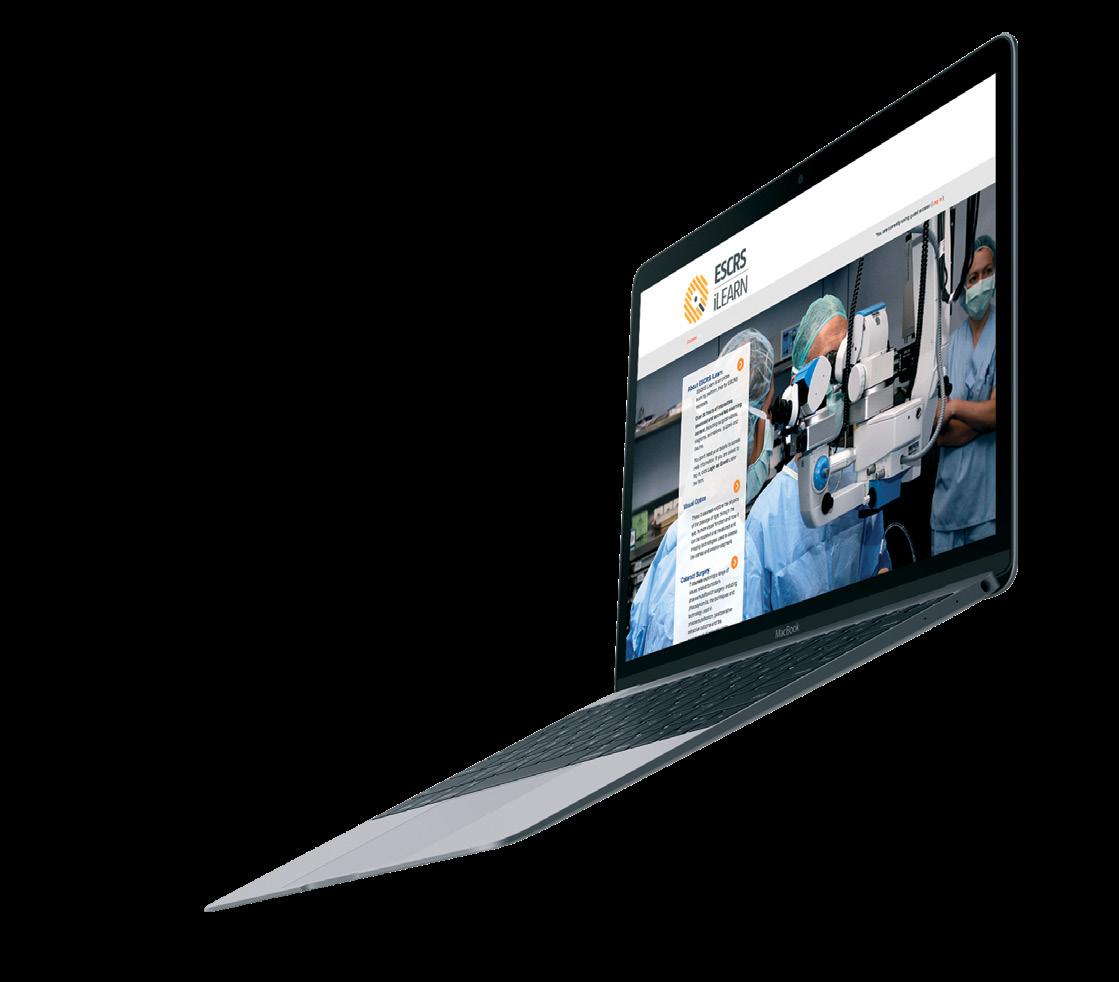
2 minute read
Emerging imaging technique useful in
Imaging technique shows potential
FLIO sheds light on the development of retinal diseases. Dermot McGrath reports
An emerging imaging modality to measure autofluorescence of the human fundus in vivo has the potential to improve the diagnosis, treatment and follow-up of retinal diseases such as age-related macular degeneration and macular telangiectasia type 2 (MacTel), according to Lydia Sauer MD.
Fluorescence lifetime imaging ophthalmoscopy, or FLIO, is a non-invasive imaging technique capable of capturing highly reproducible measurements in the retina and revealing valuable information on a range of retinal diseases, Dr Sauer said.
“FLIO provides unique high-contrast images on information on retinal fluorophores and their environment. We get very high-contrast images in about two minutes per eye that help us to identify diseasespecific patterns and information on the metabolic signature in the eye. Our studies on MacTel have also demonstrated its potential utility in establishing earlier diagnosis for patients that would not have been identified using standard imaging techniques,” she said.
Dr Sauer explained that FLIO works via a prototype device based on a Spectralis HRA system (Heidelberg Engineering), which uses a picosecond-pulsed diode laser at 473nm wavelength and 80MHz repetition rate to excite the retinal fluorophores. Fluorescence decay times are then measured in both a short (498-560nm) and long (560-720nm) spectral channel by time-correlated single photon counting.
A laser is used to excite the retinal fluorophore, which then releases photons to revert back to the ground state. This time can be calculated and assessed, as fluorescence lifetimes are specific for individual fluorophores and depend on the metabolic environment.
Applying the technology to a rare inherited disease such as MacTel yielded some interesting results, said Dr Sauer.
“The onset of MacTel is usually between 40 and 60 years but by investigating these patients in more detail with FLIO we found individuals as young as 21 years of age who were affected. So, it is not just a disease of older patients and we also think it is a lot more common than initially believed,” she said.
Looking at the family members of MacTel patients also provided some useful insights into the disease, said Dr Sauer.
One case in point was the aforementioned 21-year-old patient whose two sisters, aged 26 and 28, and father were also examined using FLIO.
“The father also has MacTel and when he came to the clinic we saw that he had no arms of his sisters also had the mutation and the other sister did not. Both of the sisters had completely normal fundus exams but early changes were clearly visible in the FLIO scans of the affected sister, so we could actually plan a treatment strategy for her.
“It is exciting to see that we can use this technology to potential diagnose and intervene earlier in the disease course,” she said.
Keep learning. Whenever, wherever.
Learn online in your own time, with self-paced and assessed ESCRS iLearn courses on:
∙ Cataract Surgery ∙ Cornea ∙ Refractive Surgery ∙ Visual Optics
Trainers: use the task list to assign courses for trainees and monitor their progress.









